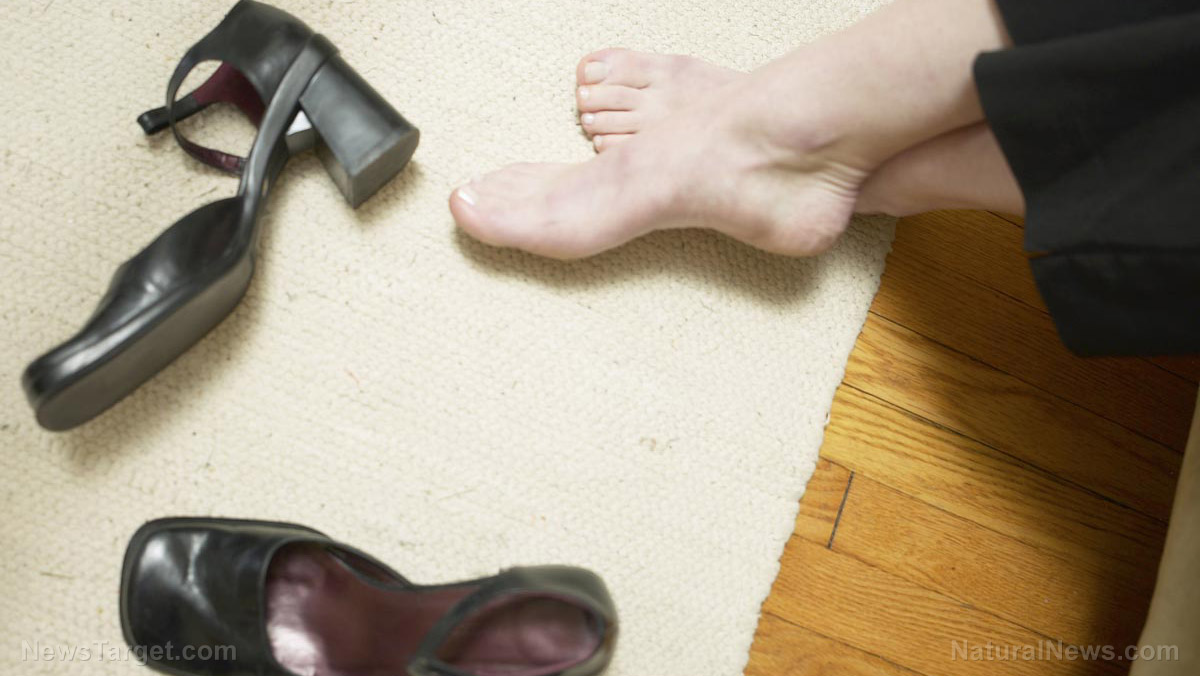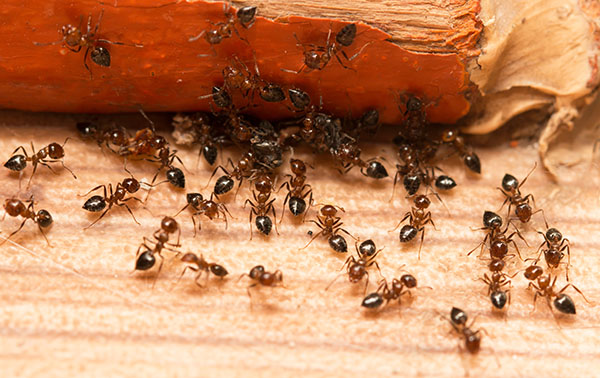
Pros and cons of using concrete block raised beds
All gardening styles have different pros and cons. Here are some of the advantages and disadvantages of using concrete block raised beds. Advantages- Concrete blocks are great for suburban, hobby gardeners.
- You can find concrete blocks in vacant lots, behind barns, the town dump and other areas.
- Concrete blocks are sturdy.
- They won't rot.
- When covered with flat blocks, concrete block raised beds provide you with a wide platform that you can sit on to plant, weed and water your garden.
- You can also use the blocks to build DIY hoop houses.
- They are easier to weed and you don't have to bend over as much.
- They don't require tilling due to less compaction from stepping on the soil.
- You can build your own soil.
- The soil warms earlier in the spring.
- Concrete blocks are heavy and require more physical labor to construct, especially if you are building alone.
- They can be expensive to construct if you have to buy many concrete blocks.
- Concrete absorbs water that might otherwise go to your crops.
Are concrete blocks safe for your garden?
Concrete blocks are generally considered to be safe for use in vegetable gardens. But there may be some confusion due to an ingredient called fly ash. Fly ash is a byproduct of burning coal used in the construction of some blocks. If your blocks contain fly ash, heavy metals could leak into the soil. If you are worried, seal the blocks or line the inside of the bed with the vapor barrier mentioned above. Newer concrete blocks are going to be safer to use than older blocks you might find in other areas. (Related: Homesteading 101: How to start your own medicinal herb garden.)Building a concrete block raised bed garden
If you want your concrete block raised beds ready for spring planting, start building the first bed in the late summer. Starting early also gives weeds a chance to grow, which you can then kill early to reduce the next year’s total weed count. Prepare the base Place the concrete blocks along straight lines on the ground to mark where the raised bed will go. Dig next to the side of the row to prepare the base layer of material that the blocks will sit on. If you experience frost, you can't just set the blocks on the ground and expect them to still look level the next year. You don’t have to dig a four-inch trench to get below the frost line, but digging a little bit, in the beginning, will make a big difference later. Place several inches of sand or gravel under the first row of blocks to help allow for natural ground movement without disturbing the alignment and level of the walls too much. If you’re trying to save money, look for free sand the same as you look for free blocks. Dig into the ground slightly so that the first course of blocks will sit halfway into the ground for added stability against frost. This will give the raised bed a finished look, and the bed will have level lines winter after winter. Set the concrete blocks Note that concrete blocks come in different styles. Some have flush ends that are ideal for visible corners. Stagger the blocks like you're using bricks for added stability. The bed will be a loose fit if you're not using mortar since you don't have to spend time, money and effort cementing these in place. This is important if you have plants to move the bed in the future, so leave the blocks loose to make them easier to adjust. Capping the wall with flat blocks is optional, but it makes the raised bed look nice. You can also save money by finding or buying thinner blocks. Fill the holes with more soil and plant marigolds or other flowers in the holes to make the bed more pleasant to look at. Add the soil If you have poor-quality soil, amend it by combining aged horse manure, screened loam and organic/homemade compost. Mix 1/3 of the aged horse manure, screened loam and compost together in a wheelbarrow. You don't have to be too precise, but you might want to measure the ingredients depending on what you want to grow. If you are worried about the deer getting into your plants, set up a fence to protect your raised beds and crops.3 Concrete block raised bed construction ideas
Concrete block beds are versatile and you can add features to them to suit your gardening needs or preferences. Drip irrigation system Drip irrigation is ideal if you want to conserve water and keep your garden growing when rain is scarce. Conserve even more water by setting the drip irrigation system in place and covering it with straw or some other natural weed barrier. This helps prevent weeds and also prevents the evaporation of water. Line the blocks with a vapor barrier A vapor barrier can help prevent water absorption by the blocks and the off chance of any unnatural materials leaching into the garden soil. Cut the plastic so that it fits under the optional capstones along the wall of the raised bed and let it drape down the inside of the wall. Do this before you fill the bed with soil. Carefully cut the plastic at the foot of the interior wall. Do not run the plastic under the raised bed because this will prevent drainage. Plastic tunnel cold frame Build a plastic tunnel over the bed to protect your plants from colder temps and to extend the growing season in the early and the late end. Instead of screwing the flexible Pex tubing into boards, insert the tubing directly into the holes of the cinder blocks, but without the flat concrete capstones on top. If you want capstones in your raised beds, another option is to place rigid PVC cut to height inside the wall before you add the soil. Place the PVC according to where you want the Pex tubing to stretch across to shape your hoop. The PVC will stay in place due to pressure from the soil. Stick the Pex tubing inside it when you want a hoop house, then remove it when you don’t. Run some rigid PVC tubing lengthwise across the flexible tubing to form the "ridge beam" of your hoop house. Use zip ties to cinch the PVC to the Pex tubing. Use big spring clamps if you don't want to buy zip ties whenever you set up and remove the hoop house from the raised beds. Run some vinyl gauge fence over the frame and cinch it with the same zip ties or spring clamps. Buy the garden fencing at a local garden store. Cover the cold frame with plastic. After the cold period has passed, keep the cold frame in place and add insect netting over the frame to protect your crops from destructive bugs.What to plant in raised beds
Still not sure what to plant in your garden? Here are some vegetables that you can grow in a raised bed:- Alliums, like garlic, leeks and onions
- Beans (vining and bush beans)
- Cucumbers
- Eggplants and peppers
- Lettuce and other leafy greens
- Peas
- Root vegetables, like beets, carrots and radishes
Raised beds are great for square-foot gardening
A raised bed garden will be rectangular with a consistent width. This makes it ideal for use with square-foot gardening methods. If you’re new to gardening, square-foot gardening can help you learn more about planting and spacing. This technique is similar to the long-used French intensive gardening approach. With a raised bed garden, you can grow fresh, organic vegetables. If you have excess veggies, home can/preserve them for future use or sell them to make a bit of money. Visit HomeGardeningNews.com for more tips on how to start a vegetable garden using other methods. Watch the video below for more raised bed gardening tips. This video is from the Backyard Farming channel on Brighteon.com.More related stories:
Home gardening essentials: Here’s how to use tarps for your garden. Texas Ready’s Lucinda Bailey and the Health Ranger discuss how to MAXIMIZE food garden production when it matters most. Home gardening tips: How to maintain a drought-resistant garden. Sources include: SurviveDoomsday.com RuralSprout.com Brighteon.comSurvival tips: Alternate power sources for your homestead
By Zoey Sky // Share
Health tips: 7 Ways to control your blood pressure
By Olivia Cook // Share
Digital prepping: How to survive in a world dominated by AI
By Zoey Sky // Share
Watch your step: How to relieve painful toe cramps
By Zoey Sky // Share
Keep destructive ANTS away from your home with these steps
By Olivia Cook // Share
North Korea advances nuclear submarine program as Kim Jong Un oversees missile tests
By kevinhughes // Share
USCIS touts historic immigration enforcement under Trump administration
By willowt // Share
Nvidia strengthens AI dominance with strategic Groq talent acquisition and licensing deal
By kevinhughes // Share
Landmark study links even light alcohol use to soaring mouth cancer risk
By avagrace // Share











